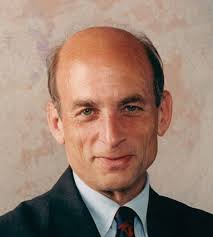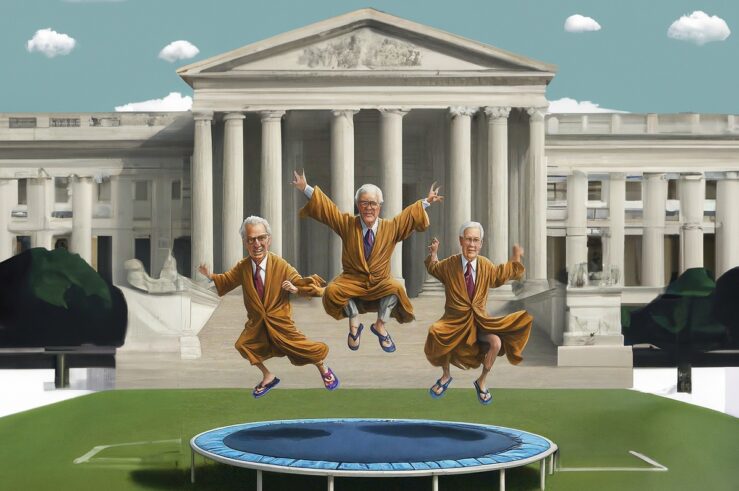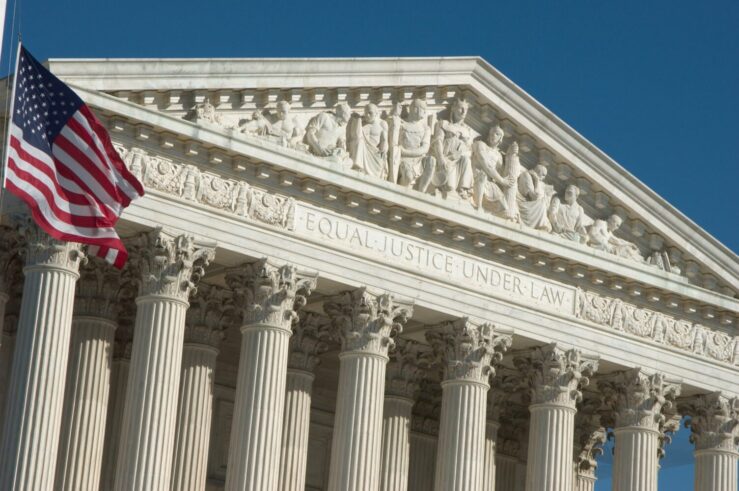Dave Zaring asks whether the Rajaratnam trial, now doomed by a sick juror to start deliberations all over again, is headed for a hung jury.
Dave suspects the jury is more likely hung 11-1 to convict than vice versa. But there’s another possibility: there are a lot of charges in this cases which occupy a wide space in terms of likelihood of illegality. The jury may be divided every which way on these charges.
As I discussed last week, the case is complex because the government wanted it this way. But this leaves a lay jury with the huge task of sorting out legal theories, mountains of factual evidence, skilled expert testimony and a sophisticated defense by a top trial lawyer. Now we see why the government prefers to frighten defendants into caving in. This tactic didn’t succeed with a billionaire defendant who had little to lose from a trial.
Before this is over, the government may come to regret its approach to insider trading prosecutions.




